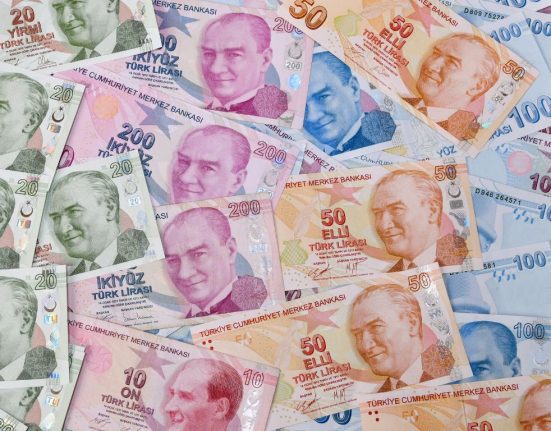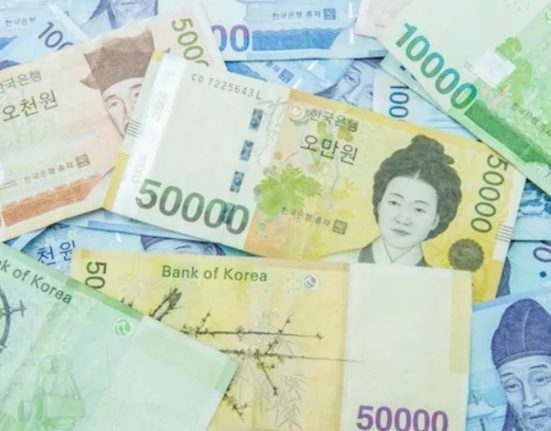German Business Morale Declines Again, Posing Challenges for Europe’s Largest Economy
The euro slid by 0.1% against the dollar to reach $1.0890 as a recent survey unveiled a concerning trend: German business morale has worsened for the second month in a row. This development serves as a warning sign, indicating that Europe’s largest economy may encounter significant challenges in its efforts











